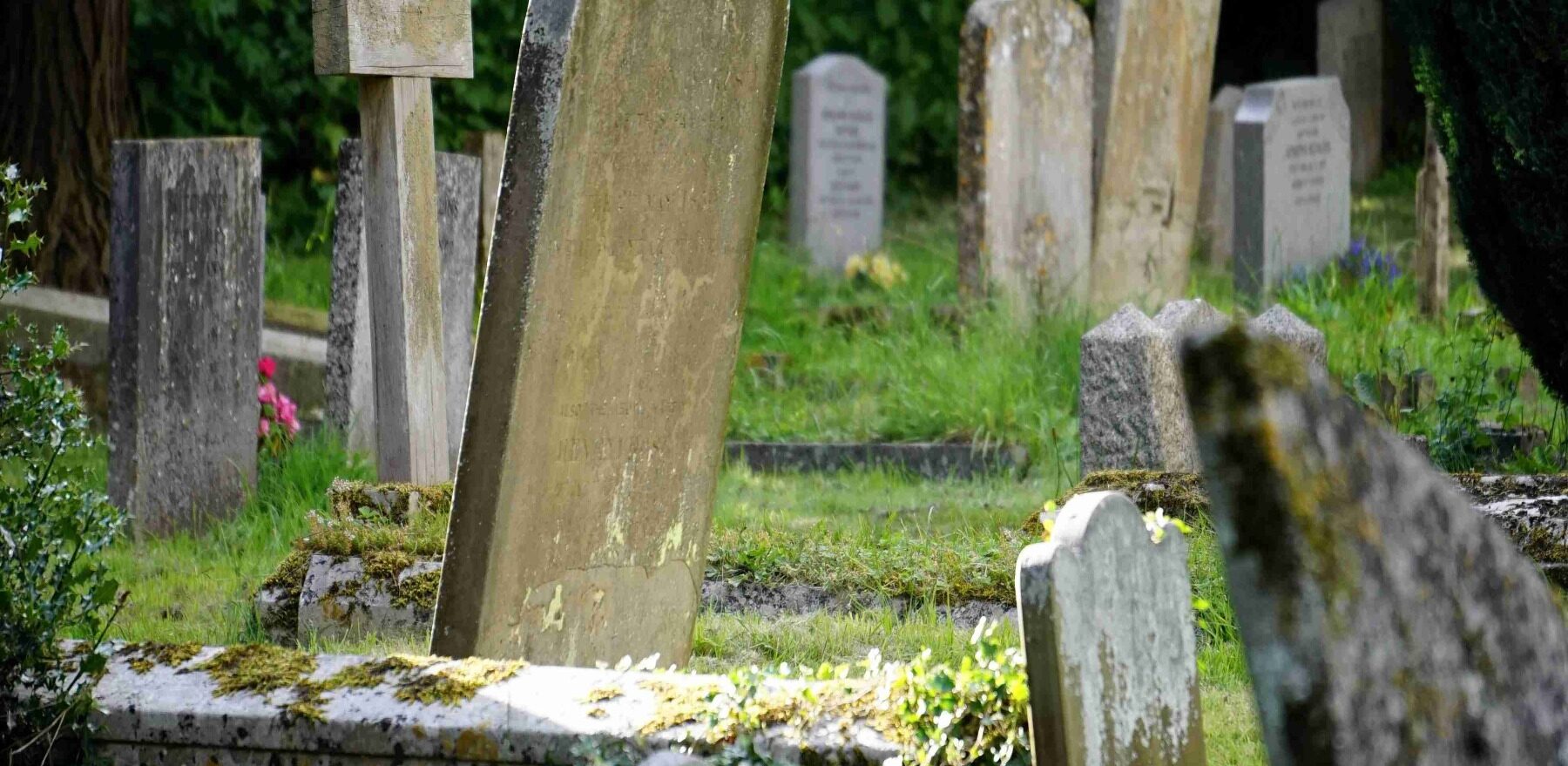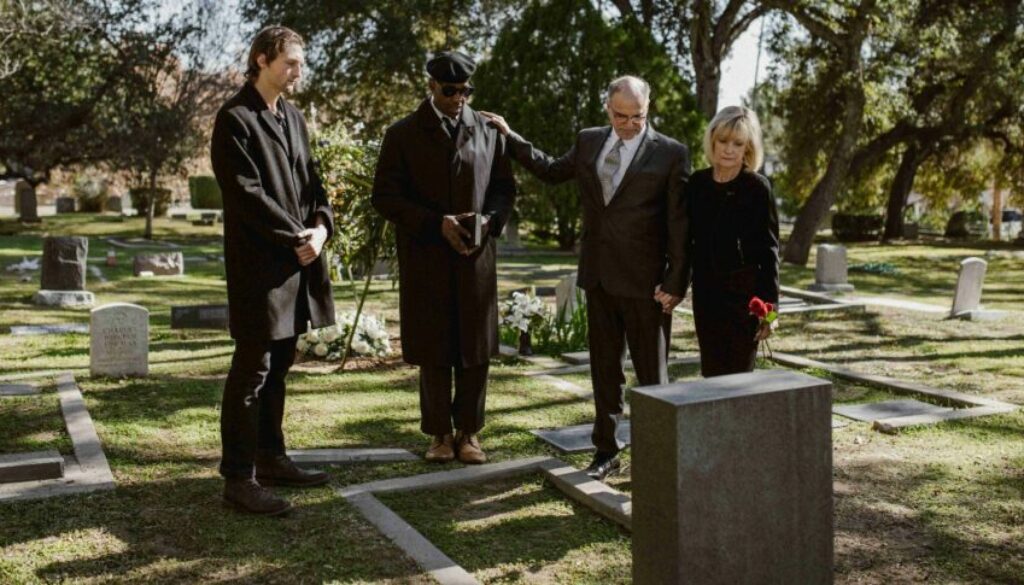10+ Key Insights into Human Composting Law: A Sustainable Afterlife Option
Human composting law, or natural organic reduction, is a green burial option now legal in the US. Learn the basics, challenges, and benefits of human composting.
What is Human Composting?
Human composting is a natural and eco-friendly process that transforms human remains into nutrient-rich soil. Unlike traditional burial or cremation, human composting is a green burial option that prioritizes sustainability. This innovative practice, also known as natural organic reduction, harnesses the power of decomposition to return the deceased to the earth in a way that enriches the soil.
How Human Composting Works?
Human composting is a simple process. The body of the deceased is placed in a vessel with wood chips, straw, and other organic materials. The vessel is then placed in a controlled environment where the temperature and humidity are carefully monitored.
Over time, microbes break down the body and organic materials, creating nutrient-rich soil. This process typically takes around 30–60 days.
What is Human Composting Law?

Human composting is a relatively new practice, and the laws surrounding it are still evolving. In the United States, human composting law follows a few general principles.
- Human composting must be done in a way that is safe and sanitary. This means that the composting vessel must be properly sealed and that the temperature and humidity must be carefully monitored.
- It must be done respectfully. This means that the body of the deceased must be treated with dignity and that the family must be involved in the process.
- Human composting must be done in compliance with all applicable laws and regulations. This encompasses the acquisition of all required permits and licenses.
Legal Foundations of Human Composting
Why was the Human Composting Law Introduced?
Human composting law was established in response to the rising demand for eco-friendly and sustainable burial practices. A collaborative effort involving environmentally conscious advocates, legal experts, and legislative bodies played a pivotal role in its creation.
Addressing Legal Challenges
Due to its relative newness, human composting has not been explicitly addressed in existing laws and regulations in many domains. To bridge this legal gap and provide clarity, specific legislation was deemed necessary.
Gaining Recognition in the United States
Several states in the United States, notably Washington and California, took a Creative step by recognizing human composting as a legal means of disposition. This recognition marked a turning point in establishing a legal basis for the practice.
Evolving Legal Framework
As we delve deeper into human composting law, it becomes evident that the legal framework is continually evolving to align with the changing needs and values of society. This evolution signifies a greener and more eco-conscious approach to end-of-life decisions.

Environmental Benefits of Human Composting
According to a study by the Natural Burial Council, human composting has the potential to reduce carbon emissions by up to 70% compared to traditional burial.
Without human composting law
A person dies and is buried in a traditional cemetery. The body is embalmed and placed in a casket, which is then buried in a grave. The embalming process releases formaldehyde and other chemicals into the environment. The casket is made of wood or metal, which are both resource-intensive materials. The grave liner is typically made of concrete, which has a high carbon footprint.
With the human composting law
A person dies and is composted in a licensed human composting facility. The body is placed in a vessel with organic materials such as wood chips and straw. The vessel is then placed in a controlled environment where the temperature and humidity are carefully monitored. Over time, microbes break down the body and organic materials, creating nutrient-rich soil. This process does not release any harmful chemicals into the environment, and it does not require any land or resources other than the vessel and the organic materials.

It will:
- Reduces carbon footprint
- Promotes soil health
- Helps to reduce greenhouse gas emissions
- Avoids the use of embalming chemicals and burial plots
- Produces nutrient-rich soil that can be used to fertilize plants and trees
Ethical and Religious Considerations
Human composting, while sustainable, may not align with everyone’s beliefs and traditions. Respect for diverse cultural and personal choices in end-of-life disposition is paramount.
Ensuring that the legal framework respects religious freedoms and ethical considerations is an ongoing challenge. Flexibility in the legal system is crucial to accommodate the diversity of choices when it comes to this eco-friendly alternative.
The Role of the Funeral Industry
Human composting challenges the traditional funeral industry but also offers opportunities for innovation.
Challenges for the funeral industry in human composting:
- Outdated regulations
Most states do not have specific regulations for human composting, making it difficult for funeral homes and cemeteries to offer this service.
- Lack of training and certification
Funeral home staff need to be trained and certified in human composting to ensure that the practice is conducted with the utmost care and professionalism.

Opportunities for the funeral industry in human composting
- New service offerings
Funeral homes can offer human composting as an additional service, or partner with human composting facilities to provide this service to their clients.
- New plot offerings
Cemetery operators can offer plots for human composting, or develop dedicated human composting facilities.
International Perspectives on Human Composting Law
- Human composting is practiced in other parts of the world, such as Sweden, the Netherlands, and South Korea.
- These countries have legal frameworks in place to support human composting as a legal and eco-friendly alternative to traditional burial and cremation.
- Understanding the legal frameworks and outcomes in these countries can provide valuable insights into the legal evolution of human composting in other countries.
Public Perception and Education on Human Composting
Current challenges
- Lack of awareness: Many people are not aware of human composting or its benefits.
- Misconceptions: There are many misconceptions about human composting, such as it is unsanitary or disrespectful.
- Cultural and religious barriers: Some cultures and religions have objections to human composting.
Opportunities to improve public perception and education
- Educational initiatives: Legal frameworks can support educational initiatives to inform the public about human composting. This could include public awareness campaigns, educational materials, and school programs.
- Collaboration: Funeral homes, cemeteries, and human composting providers can collaborate to promote human composting and educate the public about its benefits.
- Personal stories: Sharing personal stories of people who have chosen human composting can help to humanize the practice and make it more relatable.
Examples of educational initiatives are:
- Public awareness campaigns: These campaigns could use a variety of channels, such as social media, traditional media, and community events, to educate the public about human composting.
- Educational materials: These materials could be distributed in funeral homes, cemeteries, and other public places. They could also be made available online.
- School programs: Schools could teach students about human composting as part of their health or science curriculum.
By investing in public education and awareness, we can create a more open and accepting environment for human composting. This will help to ensure that everyone has the opportunity to choose a burial option that is aligned with their values and beliefs.
Human composting is a groundbreaking approach to end-of-life disposition with remarkable environmental benefits. As it gains momentum worldwide, legal frameworks must adapt to accommodate this sustainable alternative. They should balance environmental sustainability, individual rights, and cultural considerations to ensure a respectful and eco-conscious future.
In this journey of legal evolution, human composting law is emerging as a beacon of hope for a more sustainable afterlife. As green living enthusiasts, we must stay informed and promote eco-friendly alternatives like human composting. It’s an exciting step toward greener, more environmentally responsible end-of-life choices.



